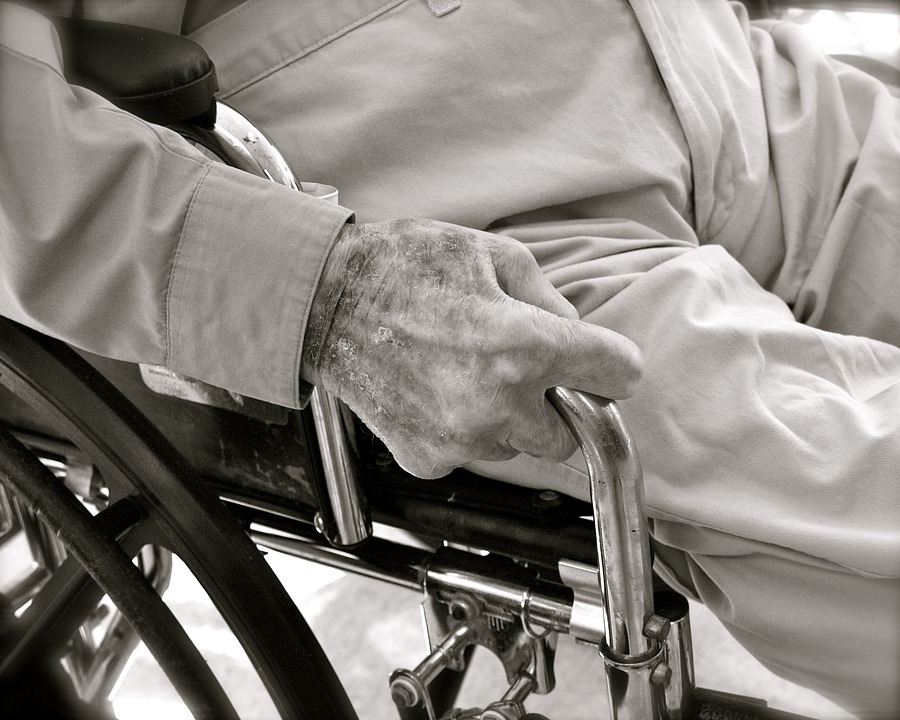
Providing high-quality and accessible clinical care to long-term nursing home residents is a persistent policy challenge. Because most nursing home residents have their long-term care paid for by Medicaid and their health care services paid for by Medicare, nursing homes have little incentive to invest in onsite clinical services. Medicaid does not cover these services, and any cost savings achieved by preventing emergency department (ED) visits and hospitalizations would go to Medicare, not the nursing home.
Institutional Special Needs Plans (I-SNPs), a specialized form of Medicare Advantage limited to long-term nursing home residents or those certified as needing special care, are one approach to addressing these misaligned incentives. Specifically, a single payer (the plan) becomes responsible for all health care spending, regardless of setting, and in turn, the plan typically supports clinical care within the nursing home in hopes of preventing unnecessary and costly transfers to the hospital.
Despite the promise of this model, relatively little is known about its effects on the health care use of nursing home residents.
In the American Journal of Managed Care, health care policy research fellow Brian E. McGarry, PT, PhD, and professor of health care policy David C. Grabowski, PhD, provide new evidence in this area by comparing patterns of health care use between enrollees in UnitedHealthcare’s I-SNPs and traditional fee-for-service (FFS) Medicare beneficiaries in a nursing home.
UnitedHealthcare’s I-SNP model, formerly known as Evercare, includes onsite advanced practice clinicians and a waiver of Medicare Part A’s requirement of a 3-day stay at a qualified hospital to receive covered skilled nursing care.
McGarry and Grabowski found that this model of nursing home care was associated with 38% fewer hospitalizations, 45% fewer readmissions, and 51% fewer ED visits. The model was also associated with 112% greater skilled nursing facility use. Applying the I-SNP rates of health care use to the FFS sample suggested potential Medicare savings of $1.65 million per 1,000 beneficiaries (not net of the costs of the I-SNP model).
Although more work is needed to understand the effects of I-SNPs on health care costs and patient outcomes, this study suggests that these plans may be one approach to improving nursing home residents’ access to health care and shifting this care to less costly clinical settings.
This paper has been covered in both McKnight’s Long-Term Care News and Skilled Nursing News.